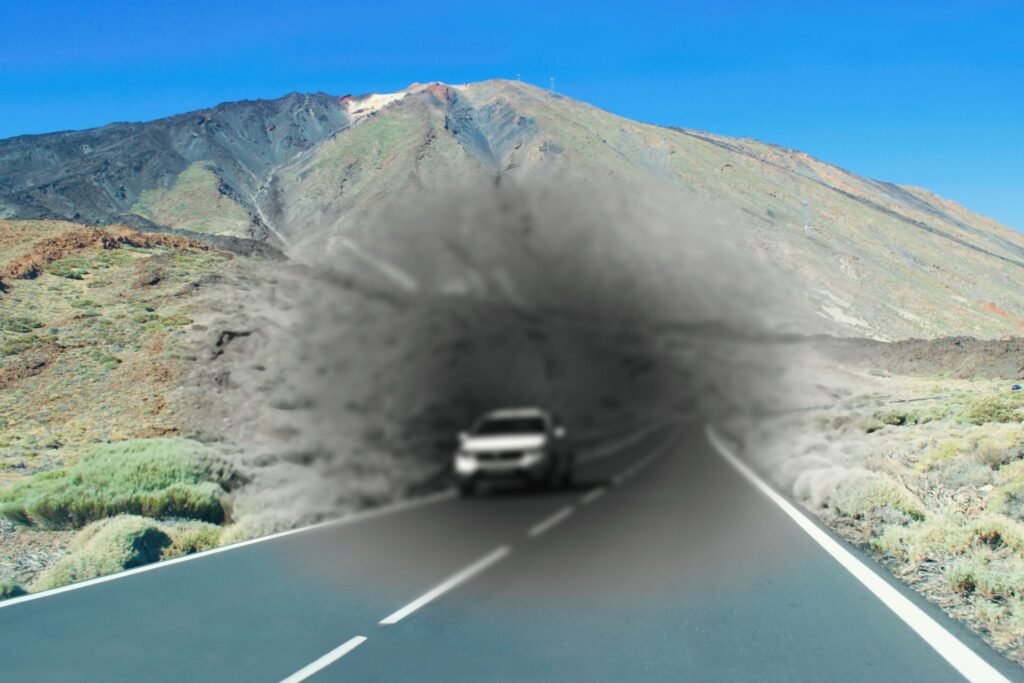What is the leading cause of low vision among Americans 60 and over? Did you guess glaucoma or cataracts?
Those are both good guesses, but neither is the correct answer. For people 60 and over, age-related macular degeneration (AMD) is the leading cause of low vision and blindness. To increase the public’s awareness of AMD, the American Academy of Ophthalmology and other eye health organizations have declared that February of each year is Age-Related Macular Degeneration Month.
In this month of heightened awareness of AMD, we’re going to look more closely at AMD, what it is, what the risk factors associated with it are, and what you can do to help reduce your risk of developing it.
What Is Age-Related Macular Degeneration?
Your retinas are the surfaces on the backs of your eyes that contain photoreceptive cells. These cells convert the light entering your eyes into nerve impulses that your brain processes as an image. Every retina contains a “macula,” a highly pigmented area with a large number of light-detecting cells.
The macula provides the clear, focused picture we enjoy in the middle of our vision, while the rest of the retina provides our peripheral vision.
As we age, the tissues that make up the macula begin to break down. That breakdown – macular degeneration – can eventually lead to the complete and irreversible loss of your central vision if it’s not detected early.

What Are the Types of Age-Related Macular Degeneration?
AMD has three distinct stages – early, intermediate, and late. Once the disease has progressed into the late stage, it will be either “wet” or “dry” AMD.
Dry AMD
Dry AMD is by far the most common form, comprising 90% of all AMD cases. With dry AMD, tiny accumulations of protein and fat, called drusen, accumulate in the retina and damage the tissues of the macula. The onset of dry AMD is marked by a gradual loss of central vision, sometimes occurring so slowly as to avoid notice until significant damage has been done.
Wet AMD
Less common but far more aggressive, wet AMD occurs when abnormal blood vessels grow behind the macula and leak blood and other fluids into the retinal tissue. Wet AMD is far more rapid in its onset and can cause a person to go from normal vision to legal blindness in as little as six months.
What Causes Age-Related Macular Degeneration?
There’s no one cause for macular degeneration, but several risk factors can indicate that someone is more or less likely to develop AMD over time. Some of those risk factors aren’t controllable, while others are lifestyle factors that can be addressed to reduce the future risk of AMD.
Risk Factors
Factors that aren’t controllable include:
- AMD is most common in those over 60.
- Family history. Several genes have been linked to increased risk of AMD.
- AMD is most common among white patients.
Lifestyle Factors
Taking steps early on to address these lifestyle factors may help prevent or delay the onset of AMD and slow its progression if it does develop:
- Regular exposure to tobacco smoke can dramatically increase the risk of AMD.
- Obesity: Maintaining a healthy weight has been shown to decrease the risk of and slow the progression of AMD.
- Cardiovascular disease. Those who suffer from diseases of the heart or blood vessels have an increased risk of AMD.
Early Detection Is the Key to Living With Age-Related Macular Degeneration
There is no known cure for AMD nor means for restoring vision lost to the condition. The best outcomes are achieved when the condition is detected early, and interventions can start before the degeneration significantly impacts the patient’s vision.
Regular eye exams are the best way to prevent vision loss due to AMD. When you make your annual visit to your eye doctor, they will perform tests that will help them identify AMD in its early stages. In addition, you should make an appointment to see your eye doctor if you begin to notice symptoms of AMD:
- Visual distortion, such as seeing straight lines as bent
- Reduced or impaired central vision in either eye
- A sudden need for brighter light to perform close-up work
- The sudden inability to quickly adjust from bright to dark settings
- Blurriness or trouble recognizing familiar people or objects
If your eye doctor determines that you’re in the early or intermediate stages of AMD, they will recommend lifestyle changes to help slow the disease’s progression:
- Managing all medical conditions effectively – if you’ve been prescribed medication for hypertension, heart disease, or any other chronic condition, take your medication as directed and follow any additional guidance your doctor has given you for controlling your condition
- Stay away from tobacco smoke. If you’re a smoker, ask your doctor for help quitting. If you don’t smoke, don’t start. Avoid being indoors in places where others will be smoking.
- Maintain a healthy diet and weight. Exercise and adjust your diet to maintain a healthy weight. Choose a diet that’s rich in fruits, vegetables, and fish. The antioxidant vitamins in fruits and vegetables and the omega-3 fatty acids in fish may all help reduce your risk of AMD.
If you are suffering from a more advanced case of AMD, there may be other treatment options to slow the disease and maintain at least some of your central vision. Talk with your eye health specialist about treatment options for AMD.
Don’t Wait for AMD to Ruin Your Vision! Call Eyesight Associates and Schedule a Vision-Protecting Eye Exam Today!
AMD can rob you of your ability to see clearly. Stay ahead of it and keep your best chance for a positive outcome – give us a call to schedule an eye exam: 478-923-5872.
Related Articles:
